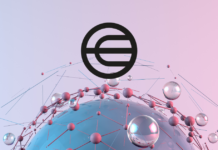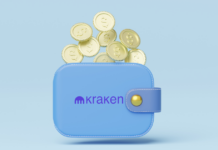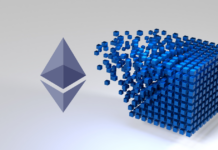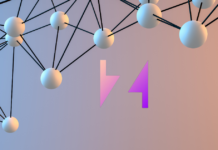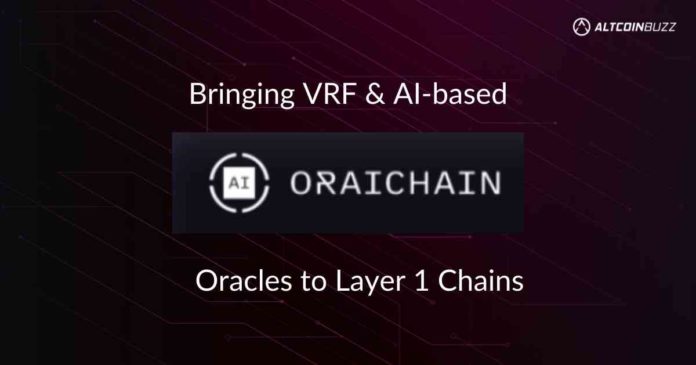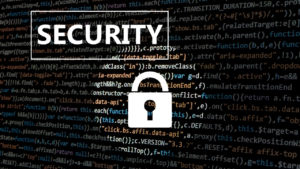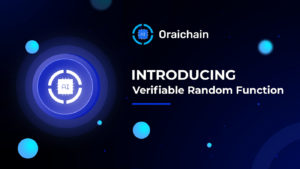The crypto world is unfortunately saddled with constant attacks from malicious players and fraudsters. So, security is presently one of the top priorities of blockchain platforms. Platforms deploying smart contract features are increasingly security conscious and constantly on the look for features to tighten their grip on their network.
Most established blockchain infrastructures are currently limited to deterministic inputs and outputs. This paves the way for fraudulent actors to alter on-chain decisions. VRF (Verifiable Random Function) is one feature most developers deploy on their systems to ensure greater security and transparency. Respected computer enthusiasts and Algorand’s founder, Silvio Micali, developed the concept in 1999. However, several protocols, such as Oraichain and cryptographic schemes, and cybersecurity use this tool today.
What is a Verified Random Function?
A VRF is the public-key version of a keyed cryptographic hash. Furthermore, the hash can only be computed by the owner of the private key. However, anyone with the public key can verify the hash’s correctness. VRFs play a huge role in the crypto world.
The Terminology
To fully understand the concept of a verifiable random function, you’d have to get familiar with some terminologies such as:
- SK: The private key for the VRF.
- PK: The public key for the VRF.
- Prover: holds the private VRF key SK and public VRF key PK.
- Verifier: holds the public VRF key PK.
What does VRF do?
A crucial component of the Verified Random Function is to protect data held in a hash-based data structure from offline enumeration such as dictionary attacks. Usually, a prover keeps the VRF secret key and applies VRF hashing to the input data to create a hash-based data structure. So, only the prover can provide answers to queries about the storage of data. Then, anyone with access to the public VRF key can verify that the prover has correctly answered the queries. Nevertheless, people cannot make offline inferences about the data stored in the data structure. This type of proof with access to only limited information is how zero-knowledge proofs work too. VRFs are often a key component for creating zero-knowledge proofs that L2’s like Polygon use.
VRFs focus on providing predetermined precommitments. Only proofs generated with a private key can help reveal these. So, this helps provide a 1:1 mapping of low-entropy inputs such as email addresses, phone numbers, and names to some random values that can be committed to in advance, or via a transparency log.
VRF outputs, unlike conventional digital signature algorithms, can be published publicly without being vulnerable to a pre-image attack. This happens even if the verifier has access to the public key but not the proof. As a result, this process prevents name/identifier enumeration in a directory that uses a transparency system.
VRF in the Blockchain World
Verifiable Random Functions already have some applications in the blockchain space. For example, Cardano, Polkadot, Algorand, and Chainlink are among the currently operational blockchains or apps that use them. Using VRF comes with undisputed benefits. For Algorand, it is nearly impossible to fork the network due to network latency.
Despite this mild adoption, the bulk of DeFi and NFT projects are far from implementing VRF. This is a source of concern. DeFi and NFT are undoubtedly the hottest properties in the blockchain world. Most attacks and fraudulent activities in recent months have occurred in either of these industries.
Neglecting Verified Random Function is like being on the wrong path. The blockchain’s future is trustless. Furthermore, projects that want to retain credibility must emphasize transparent interactions. VRF helps to uphold these features and make DeFi and NFT projects more reliable. In the DeFi market, for example, Verifiable Random Functions create a sense of trust amongst market participants.
It helps them believe that the outcome was based on random input and that the whole process was fair. Projects engaging in IDOs, lotteries, and bets would find VRF very easy to handle. Especially if they want their users to trust them and their selection method.
Oraichain Brings VRF to Fantom
Oraichain is the world’s first AI Layer 1 for Data Economy and Oracle services. The platform recently announced that it has made Verifiable Random Function services available on Fantom. As a result, developers working on decentralized applications in Fantom’s thriving ecosystem will have access to a fully decentralized and publicly verifiable random number generator. This will improve DeFi, NFTs, and other sectors on Fantom.
dApps need to implement VRF to stir up a fair competitive atmosphere. Random values derived from APIs, on the other hand, do not guarantee integrity, necessitating the use of fully on-chain VRF services to safeguard transparency and manipulation-free results.
The Oraichain VRF 2.0 will address the shortcomings of randomized number generators that use on-chain data and are susceptible to threats from bad miners. The VRF 2.0 will generate random values on-chain and validate their group signature. This makes it impossible for oracles, node operators, and dApp developers to interfere with the randomness generation process.
What Does the Oraichain VRF 2.0 Offer Fantom?
Oraichain VRF 2.0 will decentralize the randomness generation process on Fantom. It would instantly recover the final group signature from a predetermined threshold of VRF executors. Such a signature is checked against a group public key. Then, using a hash function to generate random values on-chain via a smart contract will enhance transparency.
Oraichain VRF 2.0 will provide developers on Fantom with the facilities they need to easily incorporate publicly verifiable randomness into cost-friendly and scalable NFT, gaming, and DeFi apps. This allows for openness and consistency in a variety of scenarios.
Developers can easily integrate Oraichain VRF 2.0 into Fantom-based apps. Oraichain VRF runs directly on Oraichain’s mainnet 2.0 Layer 1 infrastructure with a built-in block explorer. As a result, the Oraichain VRF works as a plug-and-play utility with a simplified verification process. Anyone can use this to verify a VRF output by querying the blockchain.
Get $125 for SIGNING UP with MEXC Exchange (FREE $25 in your MEXC wallet + 1-month ACCESS PRO membership (worth $99). MEXC supports U.S Traders in all trading pairs and services.
(To get your ALTCOIN BUZZ ACCESS PRO membership DM us with your ‘newly signed up MEXC UID’ and ‘Telegram ID’ on our Twitter @altcoinbuzzio)
For more cryptocurrency news, check out the Altcoin Buzz YouTube channel.
Find the most undervalued gems, up-to-date research and NFT buys with Altcoin Buzz Access. Join us for $99 per month now.


